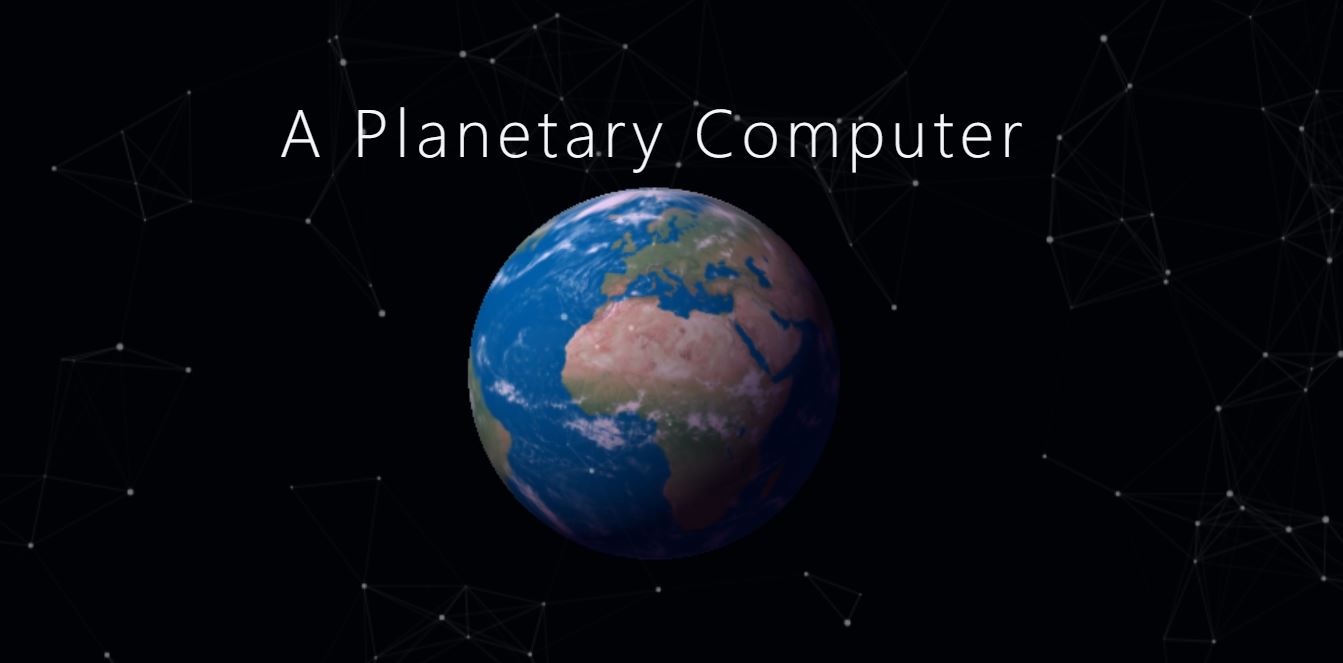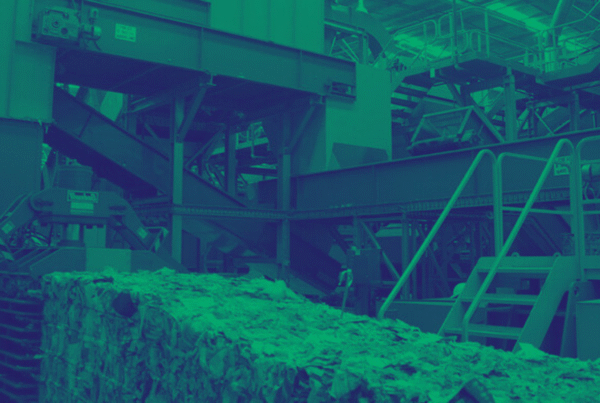The computer will utilise artificial intelligence to develop and deploy technology which will help partners and customers with sustainable decision making.
KEY HIGHLIGHTS
- Microsoft’s new biodiversity initiative is multi-faceted. Perhaps most importantly, it aims to put data and digital technology to work
- This Planetary Computer would provide insights into critical questions that scientists, conservation organizations and businesses already ask every day, often with no easy way to obtain a locally relevant answer
Microsoft recently made an announcement that they have a plan for a series of initiatives which are aimed at advancing the protection and preservation of biodiversity in the world. The company has also stated that they plan to build a ‘Planetary Computer’. The machine will be used to aggregate environmental data. The computer will then utilise artificial intelligence to develop and deploy technology which will help partners and customers with sustainable decision making.
Microsoft in its blog stated, “Microsoft’s new biodiversity initiative is multi-faceted. Perhaps most importantly, it aims to put data and digital technology to work, including through an ambitious program to aggregate environmental data from around the world and put it to work in a new “Planetary Computer.” We will combine this with new work to enable partners and customers to use the resulting output to enhance environmental decision-making in their organizational activities. We’ll also use it to speak out on ecosystem-related public policy issues and take responsibility for Microsoft’s own land footprint.”
Microsoft mentions, “Our community needs a new kind of computing platform – a Planetary Computer, a platform that would provide access to trillions of data points collected by people and by machines in space, in the sky, in and on the ground and in the water. One that would allow users to search by geographic location instead of a keyword. Where users could seamlessly go from asking a question about what environments are in their area of interest, to asking where a particular environment exists around the world. A platform that would allow users to provide new kinds of answers to new kinds of questions by providing access to state-of-the-art machine learning tools and the ability to publish new results and predictions as services available to the global community.”
This Planetary Computer would provide insights into critical questions that scientists, conservation organizations and businesses already ask every day, often with no easy way to obtain a locally relevant answer. For example:
- Understanding tree density, land use and size of forests has implications for biodiversity conservation and climate change mitigation. Organizations often conduct expensive on-the-ground surveys or build customized solutions to understand local forests. The Planetary Computer will provide satellite imagery, state-of-the-art machine learning tools, and user-contributed data about forest boundaries from which forest managers will have an integrated view of forest health.
- Urban planners and farmers depend on forecasts of water availability and flood risks to make educated guesses about land management. The Planetary Computer will provide satellite data, local measurements of streams and groundwater, and predictive algorithms that will empower land planners and farmers to make data-driven decisions about water resources.
- Wildlife conservation organizations depend on their own local surveys, global views of wildlife populations, and suitable habitats for wildlife. The Planetary Computer will combine information about terrain types and ecosystems with the best available data about where species live, enabling a global community of wildlife biologists to benefit from each other’s data.
- Combating climate changes requires organizations to measure and manage natural resources that sequester carbon, like trees, grasslands, and soil. The Planetary Computer will combine satellite imagery with AI to provide up-to-date information about ecosystems and provide a platform for leveraging predictive models to estimate global carbon stocks and inform decisions about land use that impact our ability to address climate change.





